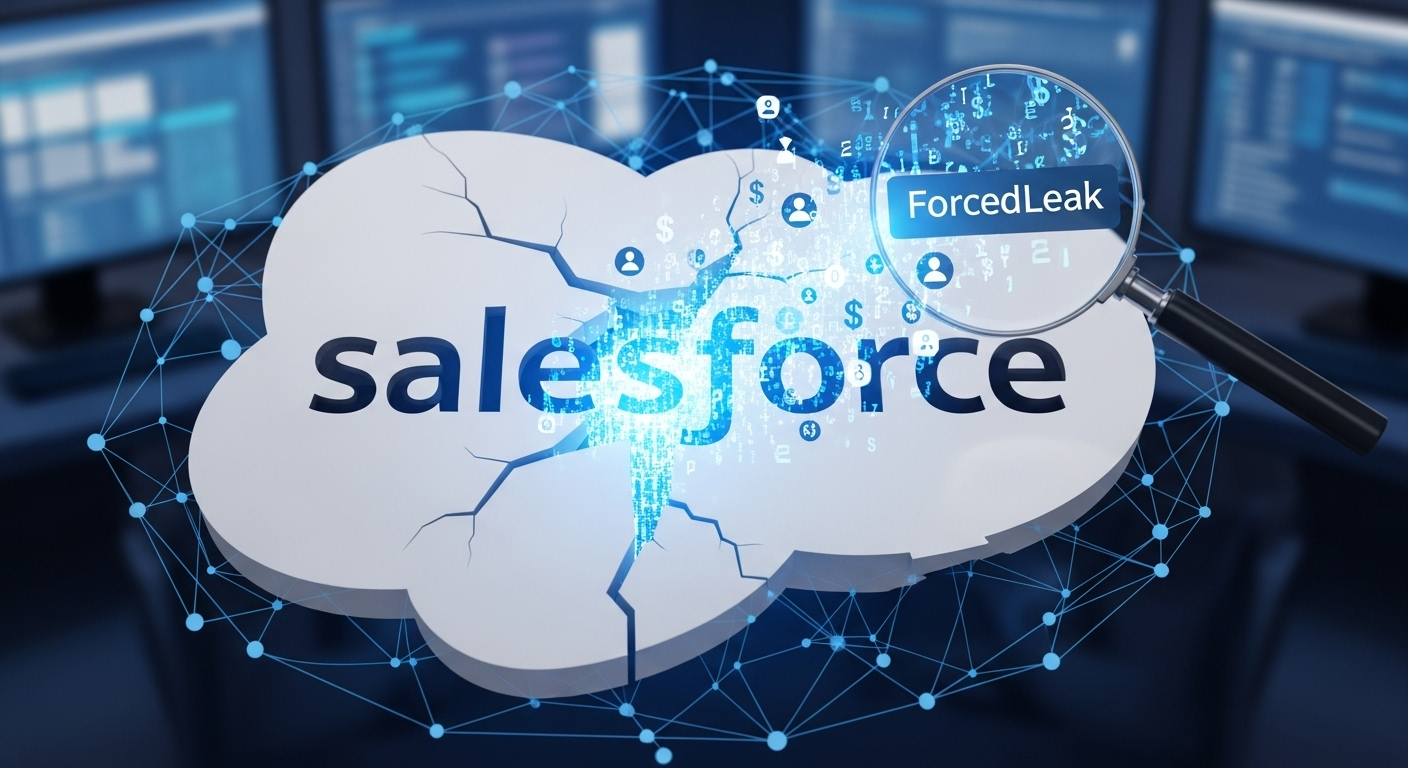SonicWall Under Fire: Immediate Action Required After Widespread Data Breach
A significant cybersecurity threat is targeting businesses using SonicWall VPN devices, with over 100 accounts already compromised. This escalating data breach demands immediate attention and action to protect your organization from potentially devastating consequences. The attacks, which began in early October 2024, highlight the evolving sophistication of cyber threats and the critical need for robust security measures.
Understanding the Breach: How the Attacks Are Unfolding
The attacks leverage valid credentials, making detection a significant challenge. Instead of brute-force attempts, threat actors are using stolen or compromised usernames and passwords to gain access. According to security firm Huntress, the attacks originate from a specific IP address: 202.155.8[.]73. Initial intrusions involve rapid authentication attempts across compromised devices. Some attackers quickly disconnect after successful login, while others engage in network scanning, attempting to access local Windows accounts. This suggests a broader goal: identifying and targeting high-value assets and deploying additional malware, which could lead to data theft, ransomware attacks, and significant financial losses.
“The use of valid credentials is a game-changer,” explains cybersecurity analyst, Sarah Chen. “It means attackers are exploiting vulnerabilities outside of simple password guessing. It shows a level of sophistication that businesses must prepare for.”
The Credential Conundrum: A Sign of Broader Compromises
The use of valid credentials suggests the initial compromise occurred through phishing scams, malware infections, or other data breaches. This highlights the importance of robust password management practices, including regularly changing passwords and employing multi-factor authentication (MFA).
Market Dynamics and the Challenge for SonicWall
The cybersecurity landscape is increasingly complex. The rise of remote work, cloud computing, and the Internet of Things (IoT) is expanding the attack surface, making VPNs attractive targets for cybercriminals. SonicWall, a leading network security provider, is facing a significant challenge. This incident could erode customer trust and negatively impact its market position, potentially creating opportunities for competitors like Cisco, Palo Alto Networks, and Fortinet. This breach underscores the ongoing cybersecurity battle and the need for vigilance from both vendors and users.
What You Must Do Now: Immediate Steps to Protect Your Business
This is not a time for panic, but for immediate action. If your organization uses SonicWall SSL VPN devices, take the following steps immediately:
- Reset Credentials: Change all passwords associated with your SonicWall VPN and enforce multi-factor authentication (MFA) on all accounts.
- Restrict Access: Limit remote access to only what is absolutely necessary for business operations. Review access controls to minimize potential damage.
- Monitor Actively: Enhance monitoring and logging systems to detect and respond to suspicious activity. Look for unusual login attempts, failed login attempts, and unusual network traffic.
- Security Awareness Training: Train all employees about phishing, social engineering, and other common attack vectors. Educate your team on how to identify and report suspicious emails and activity.
Implementing these steps is crucial to protect your organization from data breaches, financial losses, reputational damage, and legal liabilities. Failure to act quickly could have severe consequences.
Looking Ahead: Strengthening Your Cybersecurity Posture
The future of cybersecurity demands a proactive and layered approach. Focus on robust credential management practices, network segmentation to limit the impact of breaches, and a well-defined incident response plan that can be quickly activated in the event of a security incident. Stay informed about emerging threats, regularly review and update your security policies, and continuously improve your overall security posture.
For more information and best practices, please consult resources from the Cybersecurity and Infrastructure Security Agency (CISA) and other reputable cybersecurity organizations.


